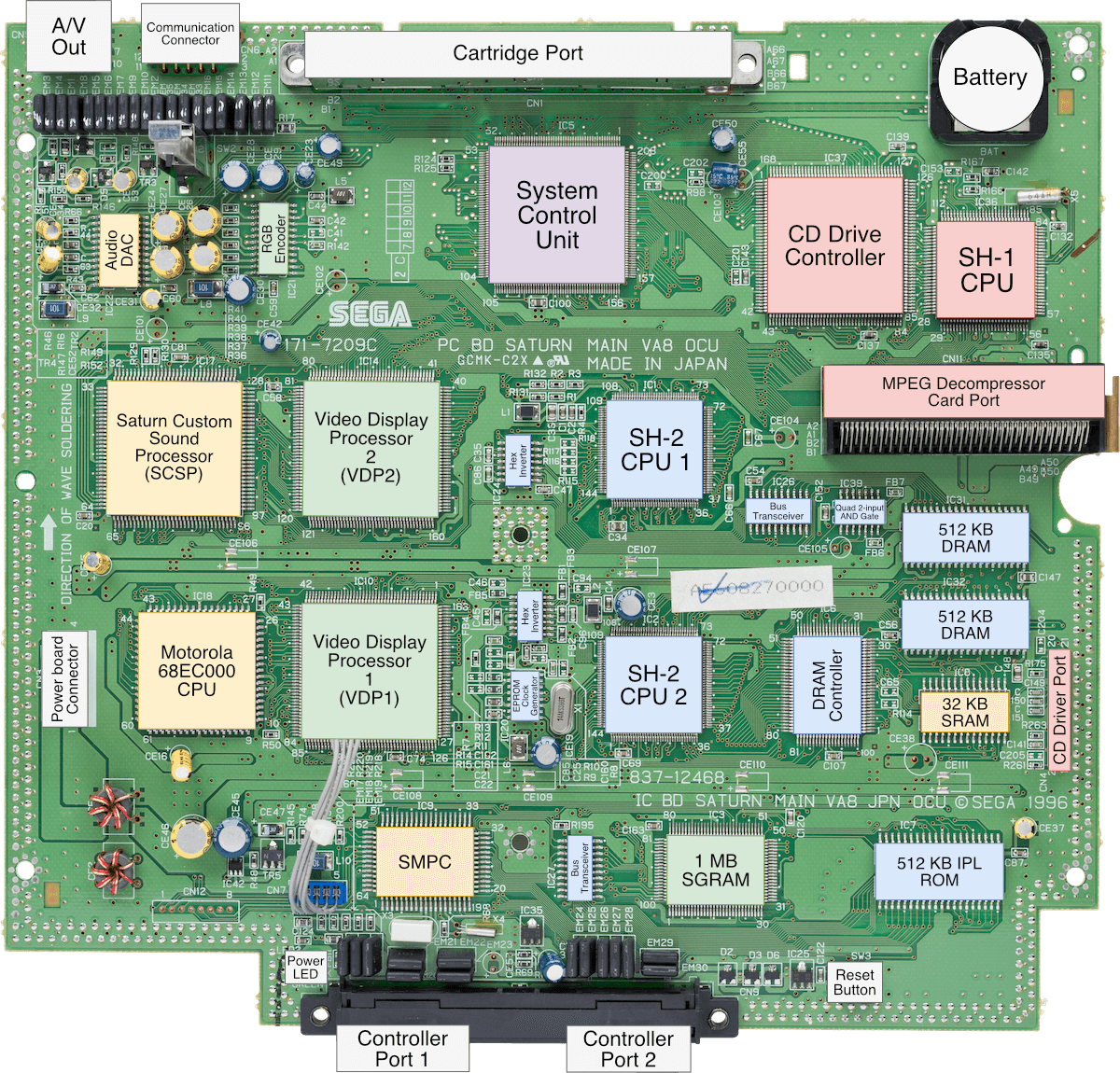Boaty McBoatface
Member
I love learning about the various capabilities of older hardware, especially in the sound department.
I feel like 8-bit and 16-bit hardware's been covered extensively, whereas 32-bit is still mostly unknown to many. I guess what I mean is there aren't a lot of breakdown videos like there are for 8/16-bit consoles, like this:
My understanding is the Saturn hardware did have dedicated sound chips (even a Yamaha ym something + 68000?) to 'make music', as well as obviously reading audio from CD (which most of the game music would be done with).
 fart town usa
(lol) posted a link In this thread to a Panzer Dragoon Saga boss with incredible music, and I remember reading somewhere this was all done purely with the internal sound chip and is not cd audio. It sounds so punchy and bassy, like a tuned up version of the older Megadrive Yamaha sound chip.
fart town usa
(lol) posted a link In this thread to a Panzer Dragoon Saga boss with incredible music, and I remember reading somewhere this was all done purely with the internal sound chip and is not cd audio. It sounds so punchy and bassy, like a tuned up version of the older Megadrive Yamaha sound chip.
The track on its own:
So I guess the question is, does anyone have a good understanding of how it works, and can we also have a Sega Saturn Sound Appreciation Thread
I feel like 8-bit and 16-bit hardware's been covered extensively, whereas 32-bit is still mostly unknown to many. I guess what I mean is there aren't a lot of breakdown videos like there are for 8/16-bit consoles, like this:
My understanding is the Saturn hardware did have dedicated sound chips (even a Yamaha ym something + 68000?) to 'make music', as well as obviously reading audio from CD (which most of the game music would be done with).
The track on its own:
So I guess the question is, does anyone have a good understanding of how it works, and can we also have a Sega Saturn Sound Appreciation Thread

